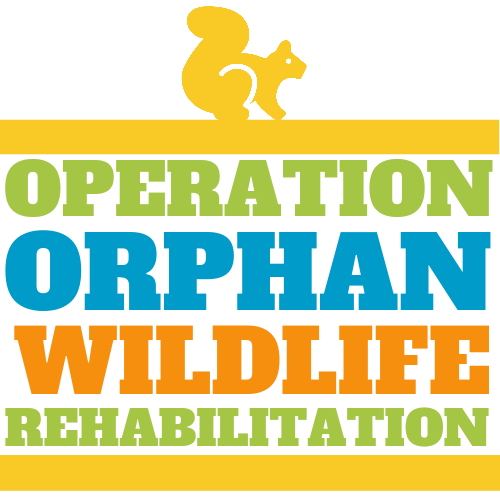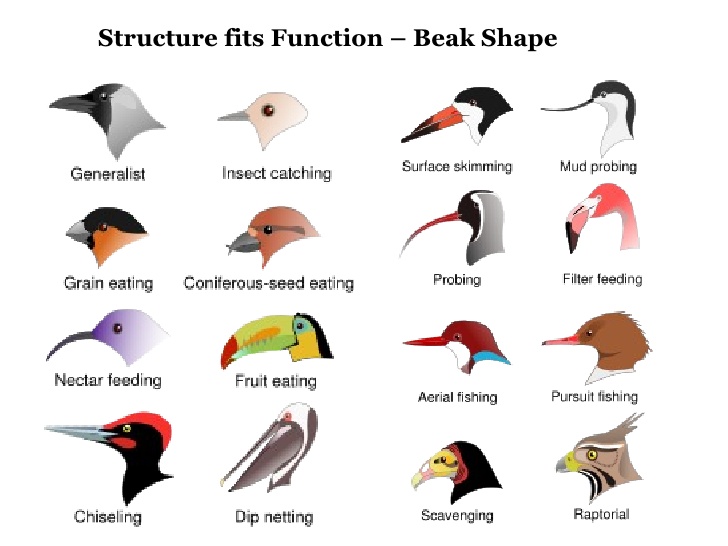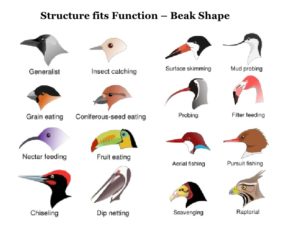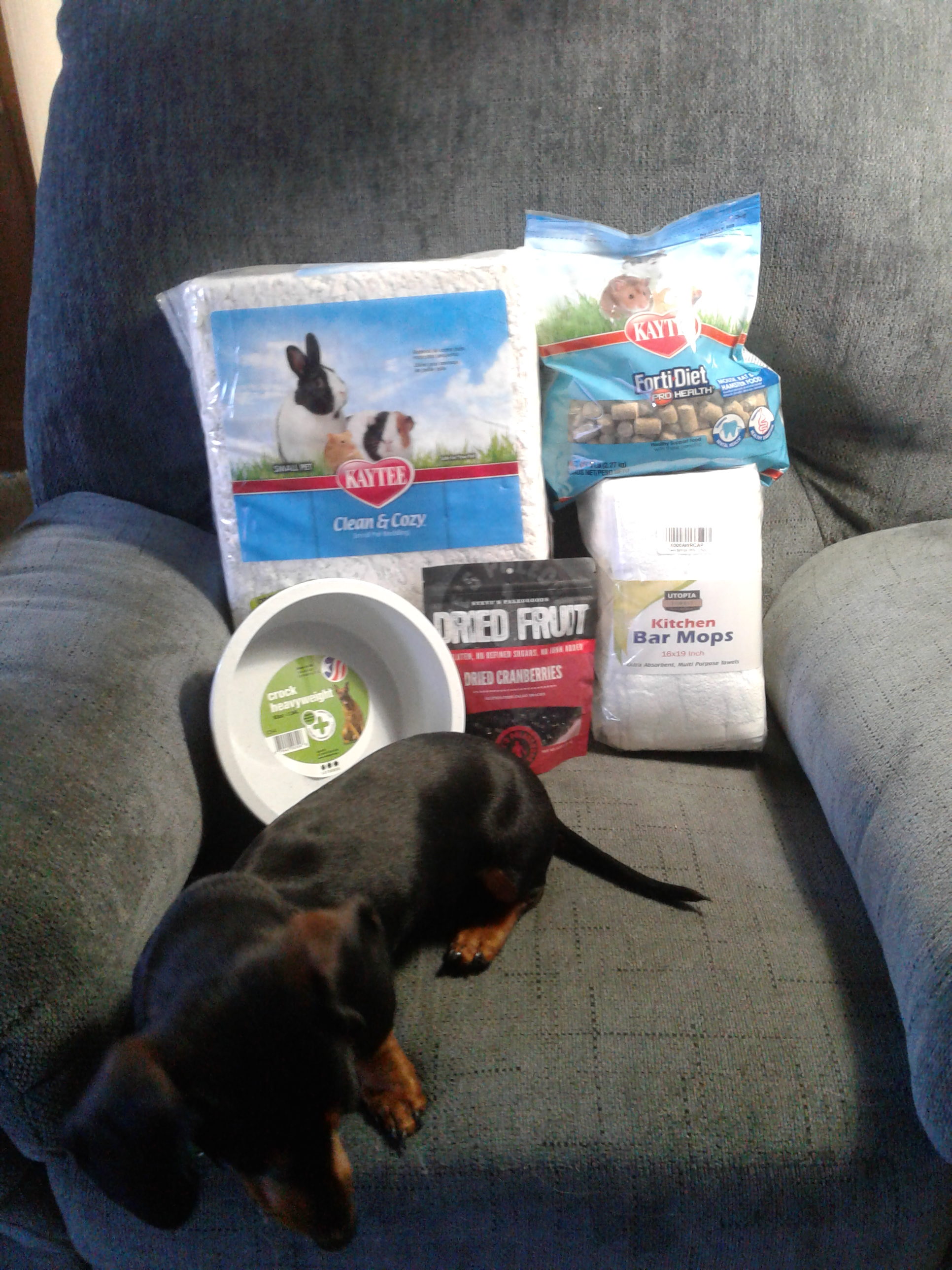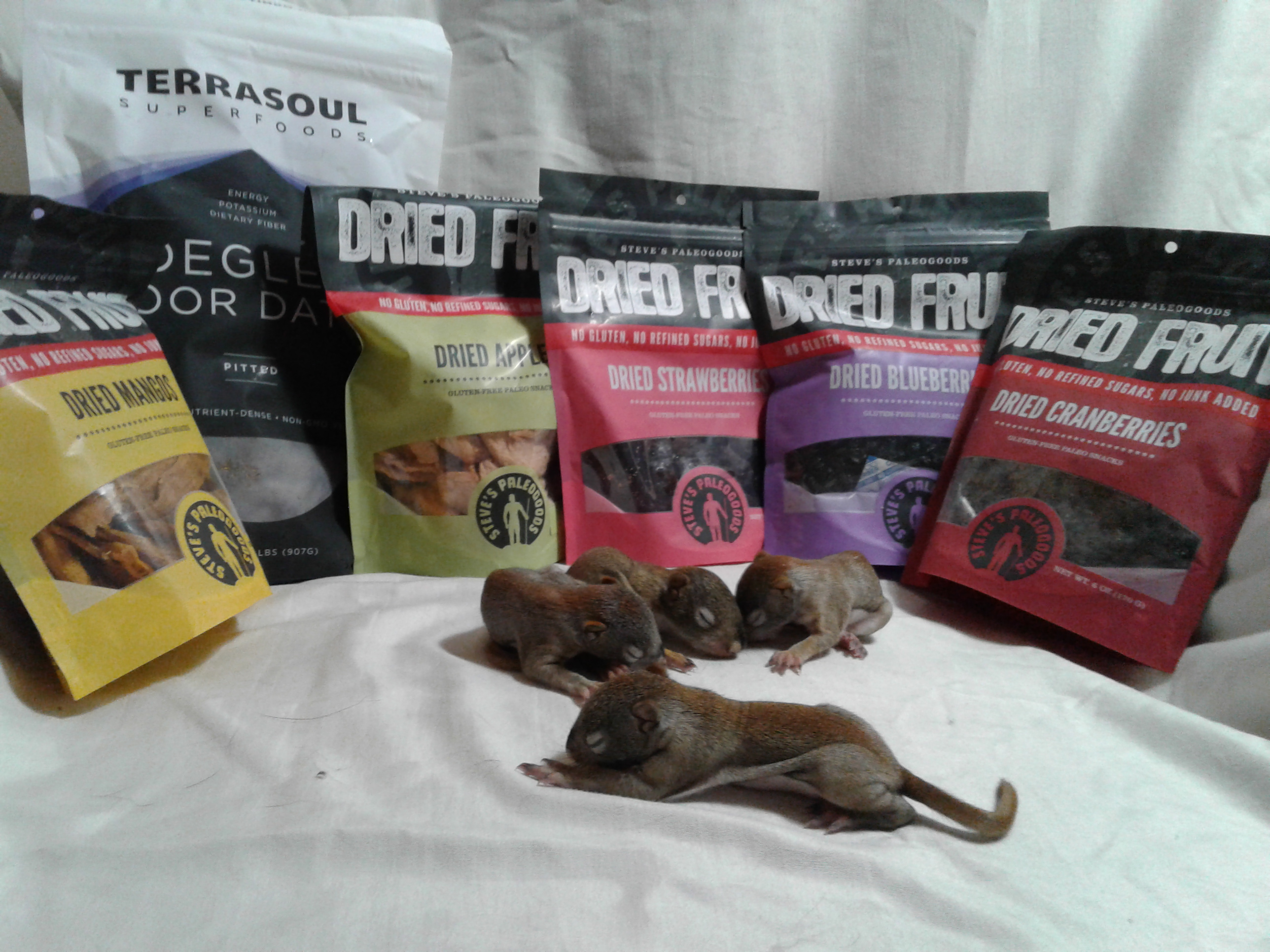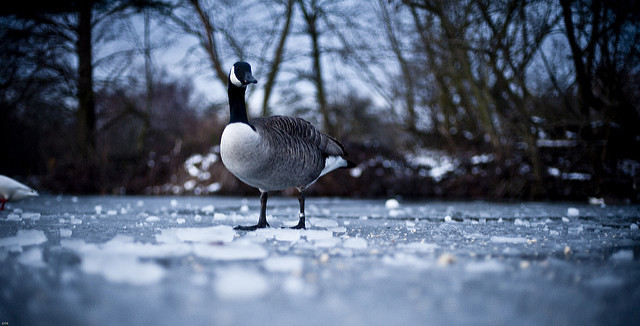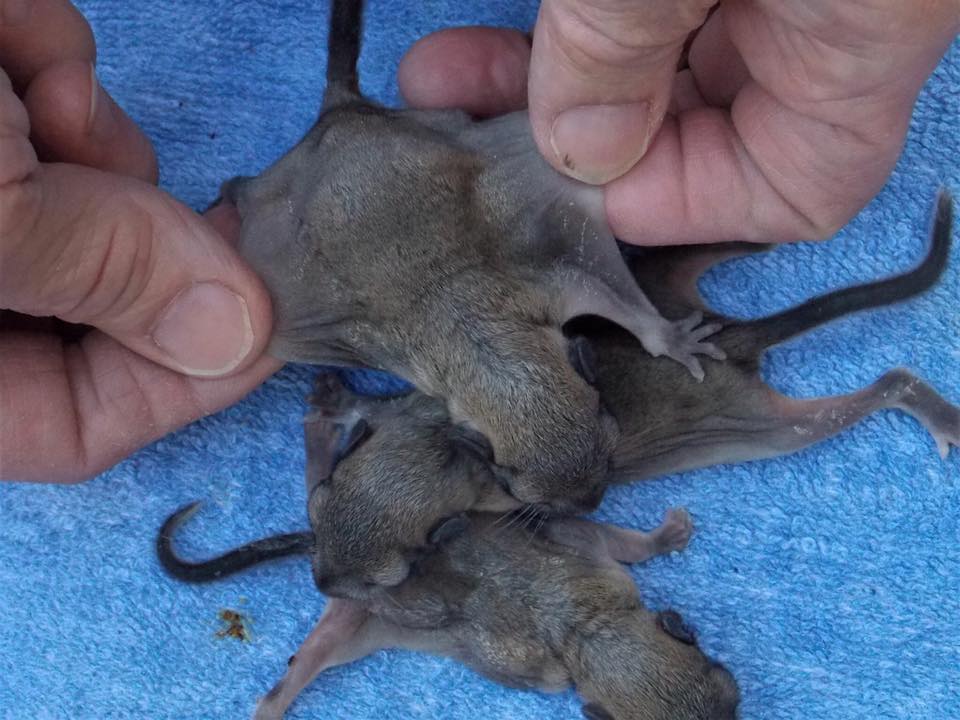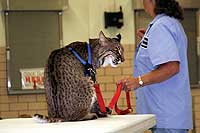Baby Birds
This is the time of year when Mama Bird is teaching her fledglings how to fly, and you see them all over the ground. This past week, I received 25 calls about baby birds all in ONE DAY!! People are inquisitive, so I put together these facts to help anyone out who comes in contact with these baby birds and wonders what to do with them:
- Do you know that it is an old wives’ tale that if you touch a baby bird you cannot put it back in the nest? Birds have a very poor sense of smell, except for vultures, and they will not smell you on the baby bird.
- Baby birds sometimes get too active in the nest and can fall out. If a hatchling (naked bird, or one barely covered with fluffy down feathers) falls from the nest, you can place them back in the nest.
- If a baby bird falls from the nest and you cannot reach the nest, you can grab a Cool Whip bowl and poke holes in the bottom so that rainwater will drain (a wicker basket may be used instead if you do not have a plastic bowl). Then, place leaves and grass in the bottom of the bowl put the baby bird in the bowl and secure it up as close to where the original nest is, and the mother bird will travel from the original nest to the makeshift nest and take care of the baby. NOTE: If you take down a tree or bush that the original nest was in, you can use a shepherd hook to hang the makeshift nest where the tree or bush used to be.
- Baby animals are much better off with their own kind than a human substitute.
- Every species of bird has their own diet, which you can tell by the shape and size of birds’ beaks (SEE IMAGE BELOW). Some birds are strictly insect eaters, some are fruit eaters, some are meat eaters, etc. If you find a baby bird that is an insect eater, and you try to raise it on what a seed eater lives on, the bird will die. They have to have the right diet for the species that they are.
- If a bird is old enough to flutter out of the nest, it can be on the ground for as many as one to seven days before it flies. LEAVE IT ALONE! A fledgling is on the ground before it is able to fly for the purpose of the parent teaching it how to get its own food. DO NOT INTERFERE.
- Baby birds are in greater jeopardy of being eaten in the nest than by the neighborhood cat while on the ground. When they are in the nest they fall prey to crows, bluejays, starlings, raccoon, opossum and squirrels. Like it or not, that is nature working to keep things in balance.
- If you have a nest in your gutters and the babies fall out, you can use the bowl or wicker basket method and hang it from the gutter or window sill on the outside of the house. Mom will take care of her babies.
- MOTHER BIRDS DO NOT ABANDON THEIR YOUNG. IF A MOTHER BIRD THROWS A BABY FROM THE NEST, IT IS SICK, DYING OR DEFORMED. ALLOWING IT TO REMAIN IN THE NEST WILL BRING IN PREDATORS. The parents are not far away; please allow them to do their job.
Copyright 2017 Fran Kitchen
Operation Orphan Wildlife Rehabilitation, Inc. is a 501(c)3 Non-Profit Organization and does not receive federal funding. We are supported entirely through private donations, memberships, and proceeds from our education programs. To Donate or learn more about us visit our website here.
